MEXT Grant-in-Aid for Scientific Research on Innovative Areas (Research in a proposed research area) 2018-2022
C01 aims to obtain a diachronic understanding of the geographical change and the network transformation of the major cities in the medieval and modern West Asia. It also leads to reconsideration of the “Islamic cities,” which were usually composed of diverse religious and ethnic groups. C01 also analyzes the multi-layered structure of West Asian cities by focusing on the coexistence and antagonism between residents with varied awareness of their cultural identities, the ways of preserving cultural heritage, and urban restoration after calamities.
This research group targets “Islamic cities” in West Asia from the middle period to the modern period, and focuses on (1) the geospatial transformation process of political and economic core cities and the wide network of their urban cultures, (2) the social space of traditional cities as well as Islamic culture on which urban life was largely based, (3) the city formation and its historical features (particularly the early-modern period and modern period) in the inland and coastal areas of West Asia. The research group also attempts to examine the structure and transformation of regional networks of settlements surrounding cities, and to reconsider the social structure and functions of “Islamic cities.” Overviewing the historical development of cities in the different parts of West Asia, we center on core cities such as Damascus, Cairo, Baghdad, and Isfahan, and analyze them from different perspectives including formation of Muslim and non-Muslim quarters, expansion of urban areas, development of commercial facilities such as markets and caravansaries, and function of religious institutions such as mosques and churches. Our research method involves the use of historical sources written in different languages as well as intensive fieldwork in particular cities. The use of Geospatial Information System (GIS) will also serve to visualize the diachronic transformation process of urban spatial structure and regional networks. Particular emphasis falls on the continuity between the ancient and Islamic West Asia, which has been overlooked in this research area; this perspective will throw into relief the characteristics of Islamic urban civilization in the whole history of the region.
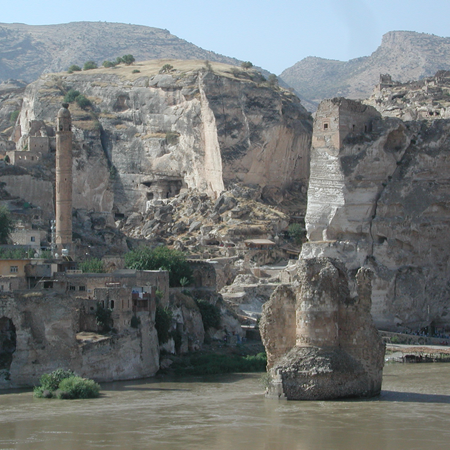

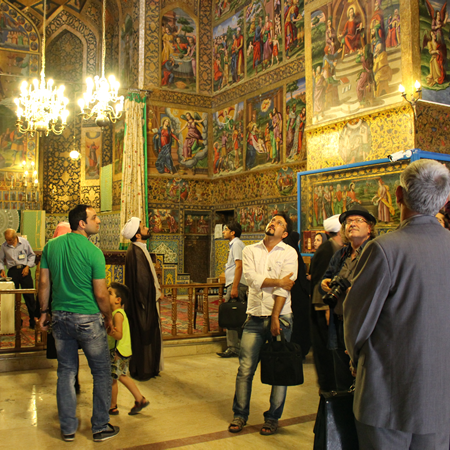
Taking into consideration the series of archaeological and historical research progress, this urban planning approach focuses on the essence of urban civilization from a modern perspective. Many attractive cities exist in the West Asia, which prides themselves on their history over thousands of years. Courtyards are allowing light and ventilation into densely populated urban space, blind alleys protecting the residents’ privacy, and the adjacent and cooperative space between Christian churches and mosques are required to receive the life and culture unique to the region. Urban space—which has been destroyed and abolished over time and only remains as ruins—carries meaning as a cultural heritage that testifies how a diverse and multi-layered culture had coexisted and accumulated. Therefore, this approach from a modern perspective towards historical cities is defined by positioning cities in modern society and obtaining an outlook for urban conservation and inheritance. This research group investigates issues such as planned urban expansion which occurs in line with a rapid population increase; the conservation and inheritance of historical space; resilience through the coexistence of various values; disaster prevention and restoration. This approach presents guidelines for the contemporary succession of the essence of cities, such as urban planning, war and disaster reconstruction, and protection of cultural properties, which are conducted on the base of international cooperation. The regions subject to this approach have largely selected historical cities in the West Asia (including North Africa) but particularly focus on historical cities such as in Turkey, Syria, Lebanon, Afghanistan, and Algeria. In addition, West Asia is connected to Europe through the Mediterranean Sea, as well as being connected to Asia through the Silk Road—the cities of its neighboring regions are also subject for this comparative study.
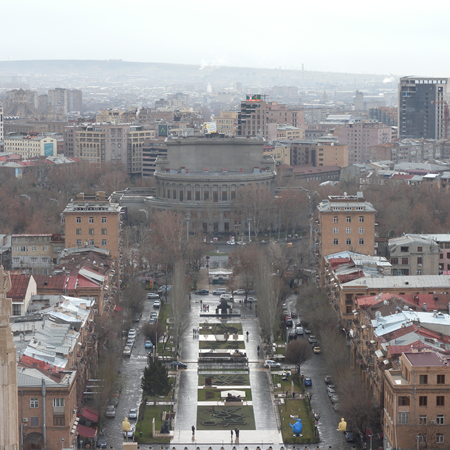
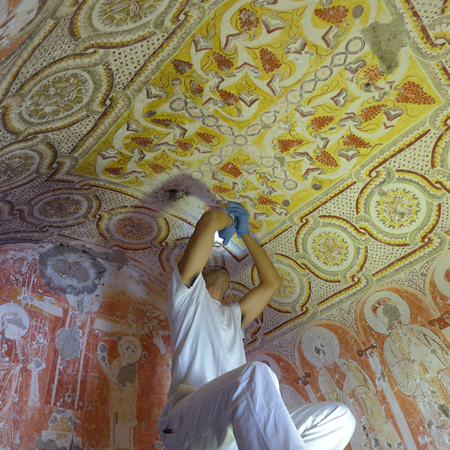
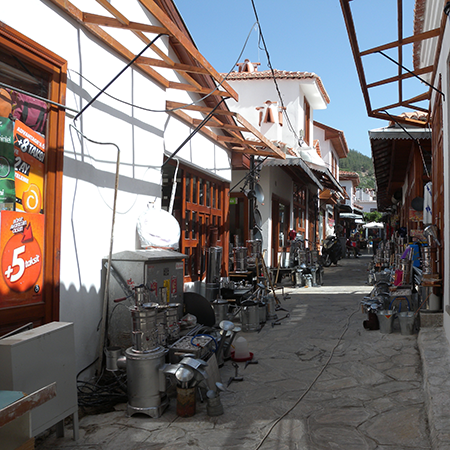
Copyright © 2018 The Essence of Urban Civilization: An Interdisciplinary Study of the Origin and Transformation of Ancient West Asian Cities.